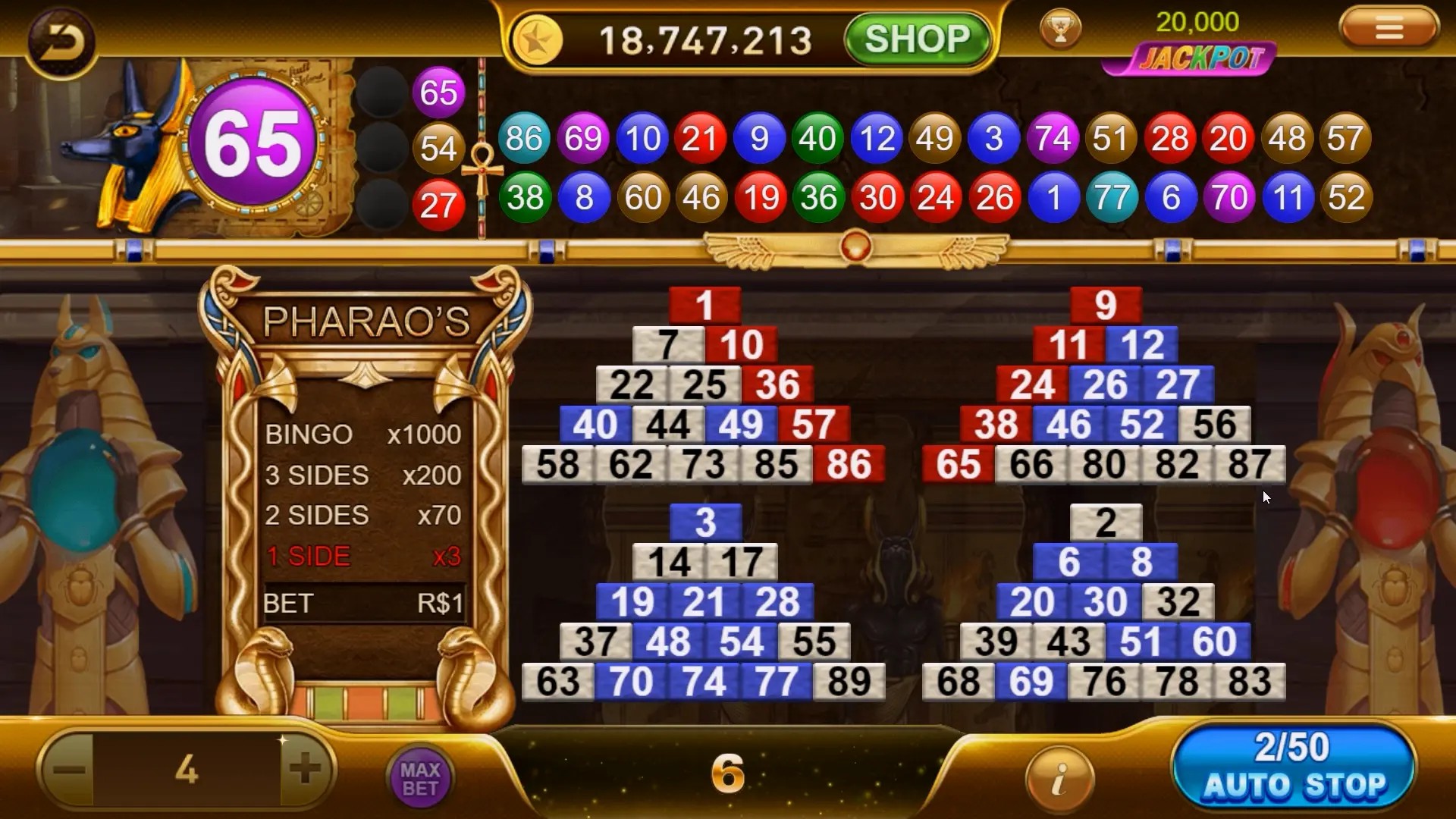What Are Open World Games—and Why Everyone’s Hooked?
You step into a vast digital realm. No walls. No invisible barriers. Just a horizon that stretches beyond sight, promising secrets, side quests, and stories untold. That’s the magic of open world games. Unlike linear experiences, where every step is choreographed, these titles let you chart your own course. And lately, they’re getting… casual.
We’re not talking Dark Souls in a forest clearing. The new breed? Laid-back, forgiving, and perfectly digestible—even during your lunch break. Meet the rise of the casual open world experience. It’s fun, breezy, and surprisingly addictive.
How Open World Went from Hardcore to Casual
Once, open world meant 60-hour epics. The Witcher 3. Red Dead Redemption 2. Grand titles demanding dedication. You needed stamina to see them through. Not anymore.
A quiet revolution happened. Developers noticed—people were time-starved. Commuters, caregivers, overworked creatives. So, what emerged? A hybrid: the casual games genre with open environments. Exploration stays. Stress? Vanishes. You can hop in, explore a mountain peak in 15 minutes, pet a dragon, log off—no guilt.
This shift didn’t dilute the wonder. It democratized it. Now, grand adventures aren’t just for diehards. They’re for everyone.
Casual Open World: The Anti-Gamer’s Dream?
Seriously, you don’t need reflexes like a caffeinated mongoose to enjoy today’s offerings. Some titles even feature “no-fail" quests. Miss the jump? The NPC cheerfully waves. Game Over? Doesn’t exist.
Open world games now often embrace soft failure mechanics—progress never resets. You can stroll through a vibrant desert village, trade souvenirs, nap under a palm. No timers, no penalties. It’s like a theme park where the ride waits politely until you're ready.
The 10-Minute Power Play: Attention-Friendly Adventures
Time is gold. That’s where the concept of the 10 minute power hour enters. Not from fitness influencers—but from game design itself. Think: bite-sized sessions where you unlock achievements, complete mini-missions, or simply wander a serene forest.
Some casual titles are engineered around this principle. 9 to 9:10 AM. Water the plants, fix a radio signal, help an NPC remember his lost pet llama. Rinse, repeat, smile.
- Fits naturally into coffee breaks
- Promotes low-stress habit loops
- Ideal for onboarding players unused to controllers
Why ASMR Found a Home in Virtual Landscapes
Have you listened to raindrops on a tin roof in a pixel cabin? Wind brushing pine trees? The crackle of a campfire while a wolf howls in the distance?
Surprisingly, open world games have become unintentional ASMR machines. The ambient sounds—birds, rustling leaves, quiet footsteps on moss—trigger sensory pleasure. Players aren’t just seeing worlds; they’re feeling them.
This synergy explains the rise of streams tagged “game grumps asmr gameplay," where fans prioritize calming audio environments. The gameplay is almost secondary to the chill.
Game Grumps Influence: When Humor Meets Casual Adventure
If you don’t know Game Grumps, imagine two comedians playing video games while roasting them—affectionately. Their laid-back, chaotic commentary made even simple games feel grand.
Their influence? Massive. They highlighted how absurd or wholesome open environments could be. A cow with wings. A confused chicken mayor. Their viral clips spotlighted games once deemed “forgettable"—especially casual titles with quirky worlds.
They normalized playing not to win—but to laugh.
Case Study: Delta Force’s Unexpected PVE Experiment
You'd think Delta Force—all military jargon and combat drills—would hate the idea of casual zones. But recently, a new delta force pve mode emerged. Instead of intense firefights, players explore war-torn villages post-conflict.
Rebuild schools. Help survivors. Clear mines. It’s still a combat sim at its core, but the open area allows passive progression. Soldiers become aid workers. Guns stay holstered. The mission shifts from domination to restoration.
It’s a gamble. But fans responded well. “Feels real," one Reddit thread said. “Like we’re not just killing targets. We’re in the world." A surprising fit for a shooter series—shows how flexible open design has become.
Key Elements of a Successful Casual Open World Game
Not all sandboxes make sense with relaxed rules. To truly blend the genres, certain elements are critical:
- Meaningful Freedom: Let players wander without penalization.
- Simple Navigation: No labyrinthine menu systems or obscure quest markers.
- Gentle Difficulty Curve: Learning comes from experience, not tutorials screaming “PRESS F!"
- Rich Environmental Detail: Even without quests, the world feels “lived-in."
- Short Play Session Support: Save at any moment. Achievements tied to micro-moments.
If a player leaves and remembers one tree they climbed just for fun—that’s victory.
Mobile Casual Open Worlds: Exploring on the Go
We can't ignore mobile. Devices today have power rivaling early consoles. Developers have leaned in—titles like “Wylde Woods" or “Sky Nomad" offer tiny open worlds with zero pay-to-win mechanics.
Solar energy charges your hang glider in-game. No Wi-Fi? No problem. You still explore offline. These are perfect for the subway or waiting in line. And battery life barely notices. That’s design win: immersive but not draining.
It’s proof open doesn’t need massive budgets. Just creativity.
The Role of Community in Casual Open Environments
Mention multiplayer, people fear toxicity. Yet, in many casual open world titles, communities stay respectful. Why? Because there’s little at stake. You don’t lose progress by dying. There’s no leaderboard pushing rivalry.
In games like "Animal Forest" clones or social camping sims, players exchange stickers, dance near bonfires, compliment each other’s decor. It’s gaming as hangout, not competition.
Could this soft multiplayer become a trend in post-pandemic digital wellness culture? Possibly. We’re hungry for gentle connection.
The 10 Minute Power Hour Trend in Game Design
The name “10 minute power hour" didn’t come from developers. It originated with fans on Reddit and YouTube, especially those combining gaming with productivity routines.
How it works: Use ten focused minutes of gameplay to relax your mind. It resets focus. You return to work with lower stress. Not unlike a breathing exercise—but interactive and rewarding.
Designers took note. Now, some titles have special badges for completing tasks within 5–10 min. The 10 minute power hour game grumps asmr vibe—even without the duo’s direct involvement—has shaped reward architecture in games.
Finding Zen: When Open Worlds Replace Meditative Apps
Headspace who? A significant segment of casual players report ditching meditation apps for 5–10 minutes in low-stim game zones. Forests, beaches, or zero-G space walks with ambient music.
The interactivity makes it different from passive listening. But the goal remains: calm.
Some games even track breathing, syncing in-game elements (fog, leaf fall) to your device's mic input. Not officially ASMR—but achieving a similar tranquil state.
This isn’t distraction. It’s mindful play.
Performance on Lower-End Devices
Let’s be honest. True open world tech often needs powerful hardware. That’s not ideal in regions like Armenia, where device variety ranges from 2020 flagship phones to modest 3-year-olds running on backup batteries.
Casual open games address this with “smart density." Fewer NPCs at once. Texture resolution scales dynamically. Audio prioritizes over polygons. These tweaks mean even devices with limited RAM can handle a smooth journey across a valley.
Accessibility first isn’t just a moral win—it widens reach.
Gameplay Elements That Resonate in Armenian Player Communities
From limited forums and Steam reviews in Armenian script, a pattern surfaces: players appreciate cultural touches—old churches, village bread-making minigames, herding animals in mountainous biomes.
Even if a title isn’t “set" in the Caucasus, adding regional architectural styles increases relatability. And yes, there's interest in local folklore integrations: mythic beasts in caves, spirits in forests.
An open world where you feel “at home" beats any photoreal canyon if it stirs memory or pride.
Balancing Innovation and Familiarity
To attract and retain players, game creators walk a line. Deviate too much from familiar mechanics, and newcomers struggle. Stay too traditional, and you feel outdated.
For example: some casual games use the classic compass for exploration, but replace it with birds that guide you. Whimsical, functional. Others swap health meters with flower petals—one damaged petal per injury, restored with in-game tea.
Innovation here isn’t technical—it’s tactile and emotional. Players respond not to polygons but to moments that feel human.
User-Friendly Features Worth Noting
| Feature | Impact | Examples |
|---|---|---|
| Foliage Pass-Through | No clipping bugs; natural movement | Tall grass parts smoothly |
| Autonomous NPC Routines | Creates immersive daily cycles | Villagers wake, feed goats, sleep |
| Zero Loading Screens | No friction between areas | Seamless flight from mountain to coast |
| Dynamic Weather Mini-Rewards | Weather shifts trigger unique loot | After rain—glowing mushrooms |
| No Fail States | Stress-free play | Miss the jump? Try again—no consequence |
Key Points at a Glance
Why casual open world games are trending? Accessibility. Time-friendly sessions. Emotional safety.
Best use-case for 10-minute adventures? Mental recharge, casual dopamine boost.
Are open world games too taxing? Older ones might be. New casual games strip the stress but keep the charm.
In what ways is ASMR tied to gaming? Environmental audio, slow pacing, and sensory engagement make gameplay meditative.
And yes—it matters that even niche terms like 10 minute power hour game grumps asmr now inform game design trends. They reflect a craving for calm, humor, and human connection. No wonder studios track these hashtags like treasure maps.
As for titles such as those teasing a delta force pve mode focused on healing—this isn’t a glitch. It’s evolution. The same design principles of open spaces—freedom, choice, exploration—now nurture empathy, not just combat scores.
It’s exciting. It’s inclusive. It’s not about escaping reality—it’s about softening it.
Conclusion: A New Era of Open Exploration for All
The era of the 80-hour marathon save-the-world saga isn’t gone. But it’s no longer the default. Open world games are branching out, shedding the pressure, embracing softness. They're not just for the hardcore or the hyper-engaged. They’re for the parent sneaking moments during a nap. The student recharging between classes. The elder rediscovering digital joy.
With elements like casual games design, micro-adventures from the concept of the 10 minute power hour game grumps asmr, and even unexpected turns in military sims through the new delta force pve mode, the genre has never been more human.
To players in Yerevan, Gyumri, or beyond—these virtual hills, towns, and starfields speak a universal language: you belong here. You can wander. You can laugh. You can breathe.
Open world isn’t just about where the game takes you.
It’s about making sure everyone gets invited.
Stay soft. Stay playful. The next horizon is yours—even if only for ten minutes.



